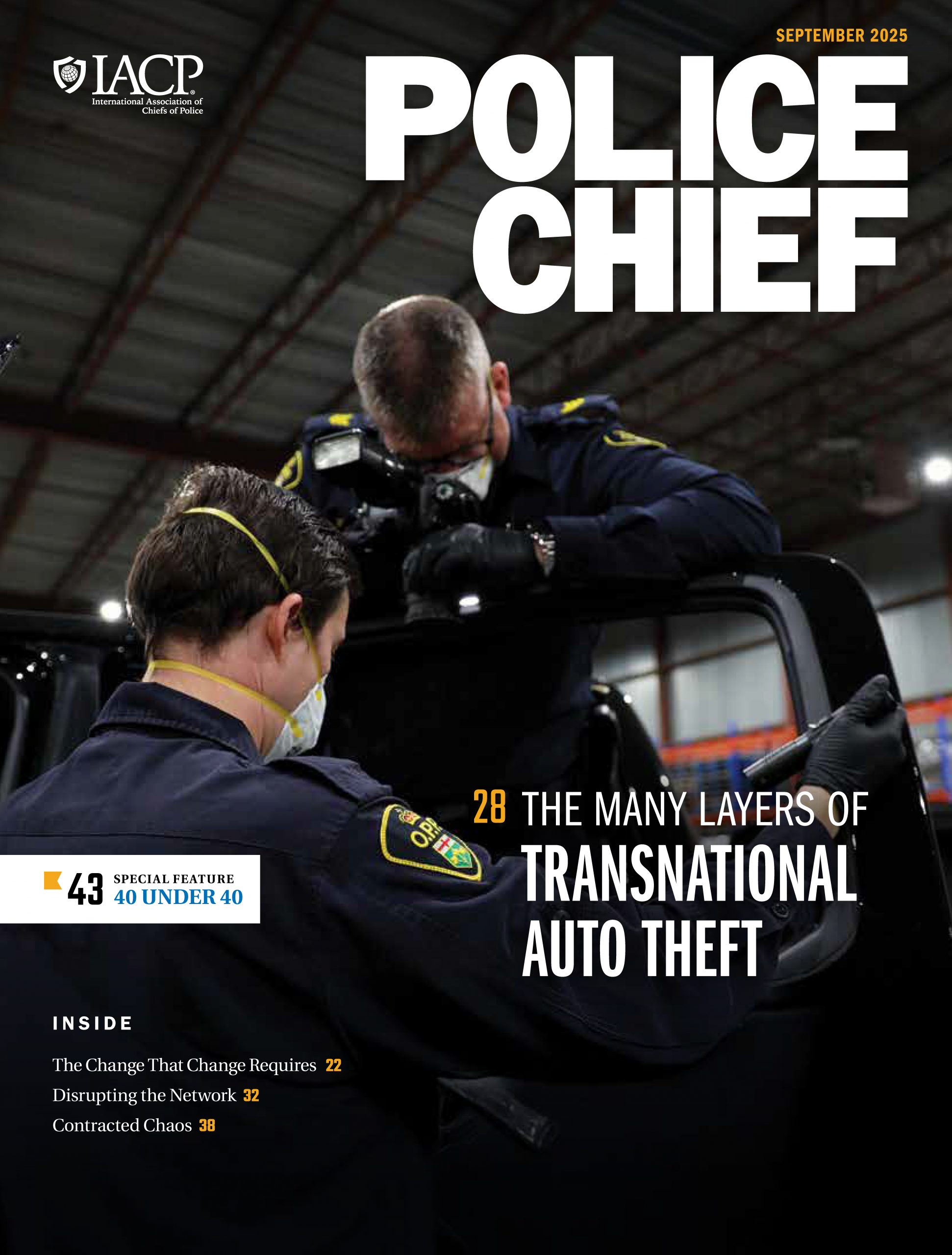Police officers today have a much higher likelihood of encountering someone carrying a gun than in the past. Until recently, even if it was legal to own a gun, carrying one was usually prohibited in cities, and transporting it was usually extensively regulated.1 However, that is no longer the case in many locations across the United States. The Second Amendment of the U.S. Constitution gives citizens the right “to use [handguns] for the core lawful purpose of self-defense.”2 Every U.S. state currently grants its citizens the right to obtain a concealed carry license, and, in many states, people are also legally permitted to openly carry a firearm.3 With states allowing their citizens to “pack heat,” how should police officers respond when they are likely to be dealing with an armed populace?

Chief’s Counsel: Dealing with an Armed Populace—Suspect Control in the Age of Open and Concealed Carry
Read More
Share
In light of the recent U.S. government actions related to diversity, equity, and inclusion (DEI), it is important for police leaders to be mindful of their ongoing obligations to comply with state and...
Share
Facial recognition technology (FRT) emerged 50 years ago from experiments that measured facial attributes to search for matches on a semi-automated system.1 Modern FRT is an electronic system that us...
Share
The Sixth Amendment to the U.S. Constitution requires that criminal defense attorneys provide a minimum quality of service to their clients.1 The attorney need not be perfect but must at least be com...
Share
Many police agencies already have or are looking into peer-to-peer counseling programs to assist first responders in dealing with the trauma that accompanies critical incidents. While these programs m...
Share
Recent surveys and studies indicate a notable percentage of police officers experience and are affected by job-related stress and anxiety, in addition to stress stemming from personal matters. These s...
Share
The image is familiar. A crowd is gathered, yelling and forming a circle around an intersection. Mere feet away, vehicles slide, smoke, and spin, accelerating in a circle at a high rate of speed. Pass...
Share
The Americans with Disabilities Act of 1990 (ADA) is a U.S. civil rights law that protects the rights of individuals with disabilities. Title II of the ADA prohibits public entities from excluding any...
Share
The U.S. government does not intend for a victim of a crime who is in the United States unlawfully to be shuttled across borders by the federal immigration authority when that victim is needed for the...
Share
The past year, 2024, has seen the U.S. Supreme Court issue several decisions of importance to police leaders—not just as police officers but as employers and government employees. And there is more ...
Share
A review of federal court decisions during 2023 confirms that the same principles enunciated in the leading case on the subject, Byrd v. Brishke, which was decided over 50 years ago, are still in pla...


